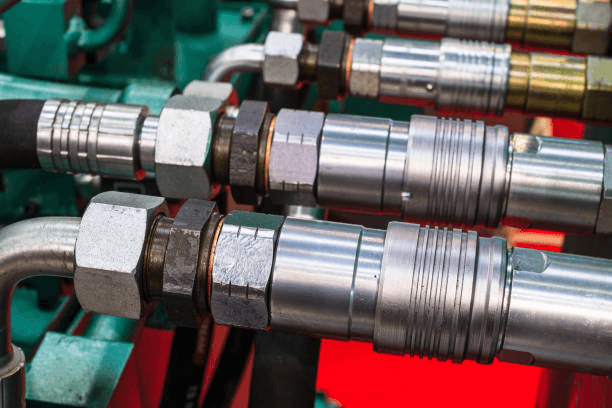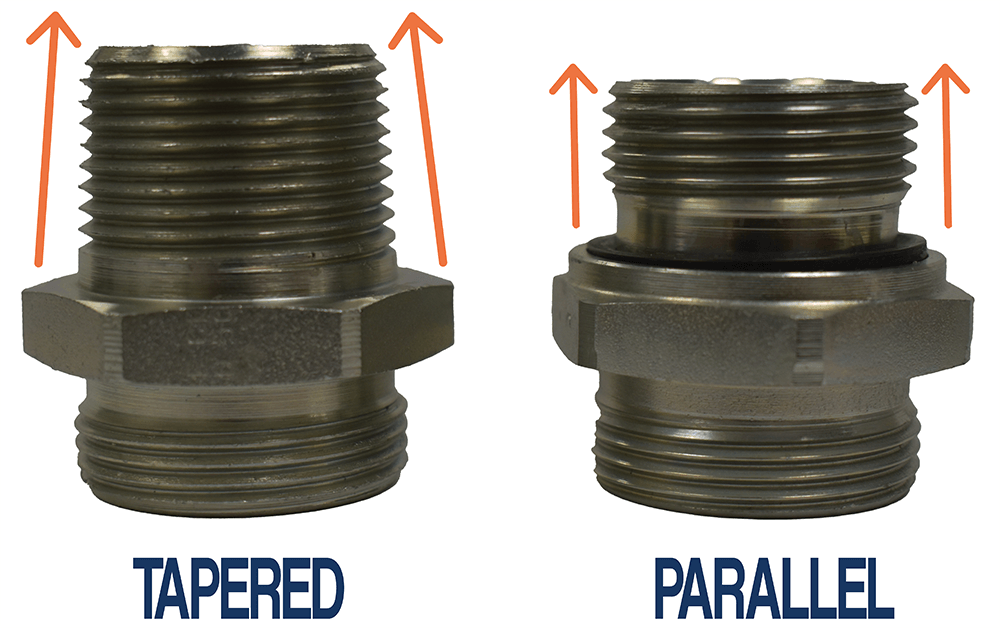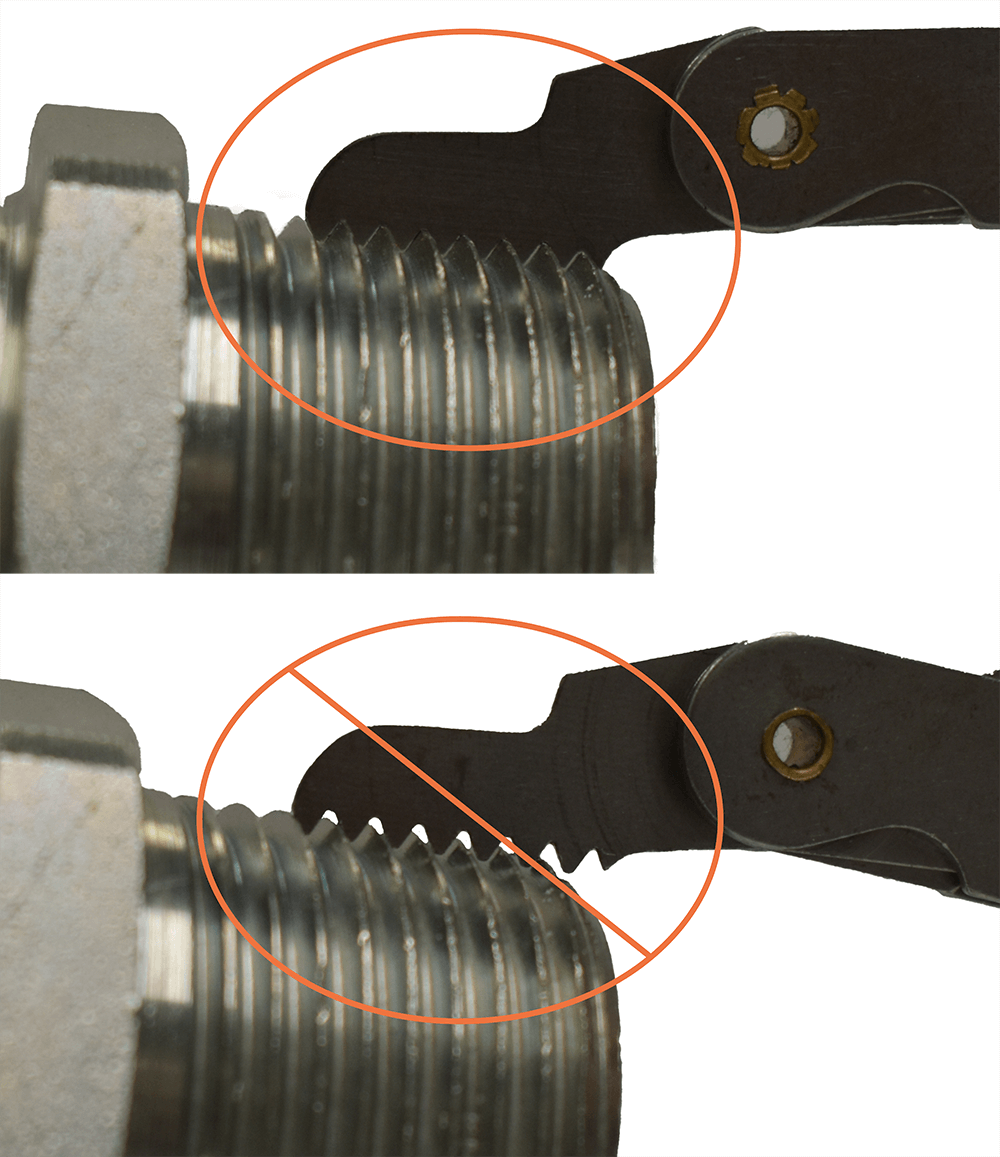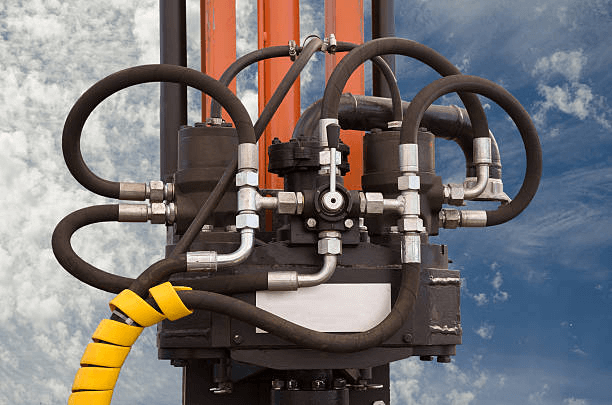
I remember walking into a customer’s engine room a few years ago—steam in the air, tools scattered on the floor, and one very frustrated engineer trying to understand why a simple fitting wouldn’t hold pressure.
The fitting looked right. Same size. Same basic shape. It threaded in smoothly. No resistance. But a few hours after startup, the system began leaking. By the next shift, the entire line was shut down.
The issue wasn’t the part itself—it was the thread type.
Metric threads had been forced into an NPT port.
A small mismatch, sure—but one that led to costly downtime, overnight part shipments, and a whole lot of frustration. And unfortunately, this isn’t rare. In a global market where European, North American, and Asian components often converge in the same system, mismatches like this are more common than most would like to admit.
Fittings may seem like basic components. But in a pressurized system, a mismatched thread type isn’t a small mistake—it’s a critical flaw.
Here’s what can go wrong:

In other words: it’s not just about fit. It’s about performance, safety, and reliability. And in many cases, it’s the difference between a quick fix and a costly system overhaul.
One of the most common causes of thread mismatch? Mixing metric and imperial thread types—especially when they appear similar at a glance but function very differently in real-world applications.
Let’s look at the main culprits:

Despite sharing the same angle, these thread types are not interchangeable. The taper on an NPT thread is incompatible with the straight profile of a metric fitting, and sealing methods are completely different. Even if it “feels” like it fits, it won’t hold under pressure.
These subtle differences in angle, taper, and sealing approach can be hard to spot in the field—especially in tight spaces, poor lighting, or rushed repair scenarios. Without proper identification tools or training, it's easy to mistake compatibility based on feel alone—putting the entire system at risk.

Even experienced engineers and techs can fall into the trap—especially in high-pressure environments where speed takes priority over verification. Here's when it’s most likely:
And once that mistake is made, the consequences snowball—leaks, system pressure loss, equipment wear, and eventually, system failure. What starts as a minor oversight can quickly turn into an expensive, time-consuming repair.
Prevention is far easier—and cheaper—than cleanup. At World Wide Metric, we recommend the following strategies:

If you're ready to eliminate uncertainty and simplify your system design, explore our #NoHotWork solutions for safe, thread-free connections.
Thread mismatches are one of those small oversights that can trigger major setbacks—especially when systems span multiple standards. That’s why we’ve created a practical, easy-to-use resource to help your crew work with confidence and precision:
Take the guesswork out of thread identification—download the Thread Mismatch Prevention Checklist to keep your systems sealed, safe, and running smoothly.
Retrofitting a system? Starting a new install? Chasing down a mystery leak? You don’t have to navigate it alone—our team is here to guide you every step of the way.
Here’s how to get started:
At World Wide Metric, we don’t just stock parts—we solve problems.
And when your operation’s on the line, we make sure your system holds strong, performs reliably, and stays compliant. It’s all part of our commitment to keeping your world flowing.
CONNECT WITH OUR TEAM